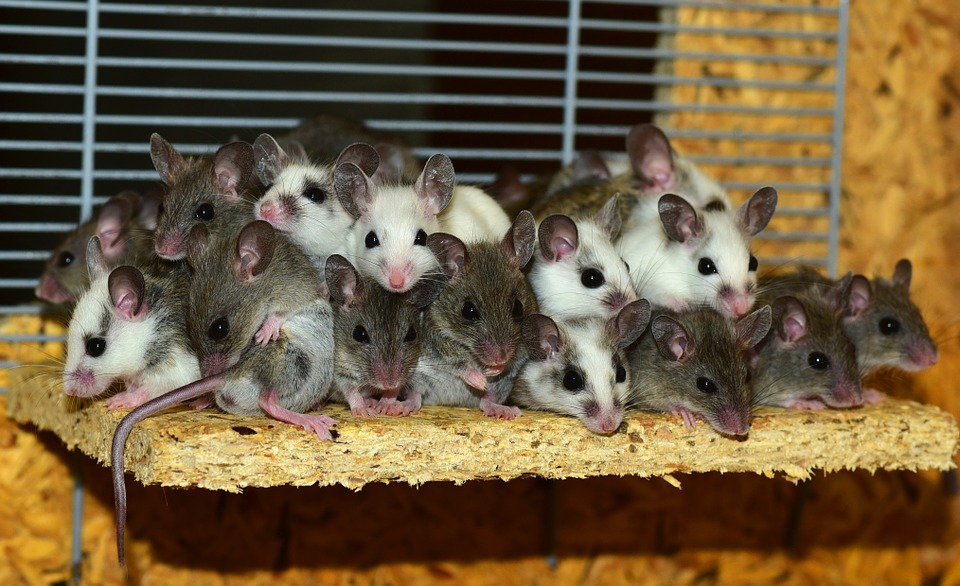2018
How Do Mice Communicate With One Another

Mice can be one of the more difficult pests for people to handle. These little critters can get inside everything, chew through your bedding and anything boxed up, and will leave feces throughout your home. They’re also great communicators and quite smart, good at getting around traps and working together to get what they want – which is to make your home their home too. So how do they actually communicate with one another? There are three main ways that they communicate: sound, action, and urine.
SING A SONG
Mice can squeak, chirp, and sing to one another to communicate. Their songs are actually quite complicated, just like how birds sing to one another. It can be a song from a mother mouse to her pups, or from a male to attract a female for mating. They can also make sounds that are called ultrasonic vocalizations. Ultrasonic vocalizations are so high pitched that human hearing cannot pick up on them. These are generated in rodents by the larynx and are an effective way to communicate without alerting humans that they have taken up residence in their home.
MY CHEMICAL ROMANCE
Their urine cannot send messages as clear as their squeaks, chirps, and singing does, but it does carry pheromones that carry information to other mice. And these chemical conversations do communicate quite a bit. While male mice sing to attract a mate, a female uses pheromones in her urine to communicate to male mice that she is ready to breed. Male mice also mark out their territory using urine, and every single male mouse has a unique marker in their urine to communicate who they are. More dominant male mice are therefore avoided by less dominant mice, as they view the territory as dangerous and so do not trespass. This also goes for their vermin cousins, rats. Both types of rodents effectively use urine to communicate.
SMILE!
The same way that humans have non-verbal communication – think of glowering versus smiling – mice do too. One way that mice communicate their affection towards their colony mates is through grooming. Grooming can also be used by more dominant male mice against less dominant male mice to establish authority over the colony. Another way that mice show aggression is through their tails. When they bang or drum their tails against the ground, it is a signal that they are ready to attack. If your home has both mice and rats within it then you may hear their drumming more often than you would like. Some mice also drum their front paws on leaves to communicate, but no scientific reason for this behaviour has been identified yet.
TAME THE BEAST
Mice are incredibly intelligent creatures, and while some people enjoy keeping them as pets, there is a huge difference between a tamed pet mouse and a mouse that is wild and may be carrying disease and tearing up your house. Learning how they communicate, and what to listen for and look for if you think you have mice can give you an edge in the fight for ownership over your home. If you do have a mouse infestation, the best thing to do is to contact a professional, who can help you get rid of the mice as quickly as possible. The team at Gilpin’s Pest Control are happy to help and want you to win the fight against the little invaders who have made house in your home.
